Construction is a dirty business, and living in a home under renovation can aggravate asthma and other respiratory illnesses, it can also lead to issues developing that people didn't suffer from before.
Air that is full of dust and chemicals can cause respiratory irritations even among adults who don't suffer from such health concerns, even worse and potentially very serious for those that already do suffer.
Those at the highest risk are children, with young lungs that are still developing. Asthma rates among children have been climbing at an alarming rate, and home air quality is suspected to be one of the main causes.
Renovations are a part of life that are sometimes very much necessary, sometimes just very much desired. In either case, there are simple steps you can take to keep your air as clean as possible while work is being done. Here is a short list of tips that may help you survive your reno with less discomfort and health risks.
Some of the airborne contaminants you will be subjected to during renovations:
- Wood dust from cutting
- Dust from cutting drywall and sanding drywall compounds
- VOCs (volatile organic compounds) in paints and primers
- Formaldehyde and other chemicals present in building materials
- VOCs from adhesives and surface finishes
- Airborne fibers from insulation batts
- Off-gassing of foam insulation
How to prepare for home renovations:
Move furniture: Take as much of your furnishings as possible out of the construction zone, certainly any fabric-covered furniture and carpets.
Find alternative living arrangements: This is not always possible, but if you can stay away for at least the worst parts of the job, that can help.
Seal off work areas: Use plastic sheeting to separate work areas from the areas where you will be living during construction.
Perform renovations in warmer months: This is not always possible of course, either due to your own schedule, availability of funds, and often times the availability of contractors, but summer renovations allow for a much more thorough exchange of interior air by keeping windows open.
Seal air vents: At least during the time work is happening, covering vents (unless they are operational) will reduce a build up of dust that will be spread around your house long after construction is complete.

Material selection: This is less about what you will breathe as work is in progress and more about what you will breathe for years to come - for a very small premium you can get plywood and other cabinetry materials that have less or even no VOCs and formaldehyde. Some building materials will off-gas for many years after construction has been completed.
Using solid wood materials rather than composites like MDF (medium density fibreboard) for finishing trim will mean less dust during construction and it will eliminate future off-gassing. Read more here about choosing non-toxic building materials to protect air quality.
Buy pre-finished wood flooring: Fumes from the varnish you apply to a freshly sanded floor will be a lot more noticeable and last longer than wood that comes pre-finished from a manufacturer. Alternatively, we would recommend using a natural floor oil instead.
Protecting air quality during renovations:
Cutting outside: Depending on the type of work you are doing, your builder may be reticent to make constant trips in and out, but both you and the builder will breathe easier indoors if cutting is done outdoors.
Depressurize the work zone: There is always air movement through a house, but if you keep a small fan blowing out the window during the dirtiest stages, it can prevent dust from spreading through your house. Air will be drawn from the rest of your house into the work area rather than the other way around.
Use low-dust drywall compounds: This is a material choice as mentioned above, but one that likely won't be made until the project is nearing completion. Some brands of drywall compound (mud) are designed in a way that the dust clumps and falls to the ground. There will be less particles in the air immediately, but also less to clean up as it won't be spread around the house as much.
Make things better, not worse, with vacuuming: A lot of construction debris, particularly drywall dust, will make it through most shop vacuums, but there are two things to consider here. One, you can try to Macgyver a way to vent the vacuum exhaust right outside (even keep it pointing out a window), or alternatively, you could look for HEPA vacuum filters (high-efficiency particulate arrestance), which will exhaust much less dust back into the air.
Wear a facemask: Get a good quality mask and wear it anytime you are in the construction zone. WE wouldn't recommend buying a 10 pack of the cheapest ones you can find; they will do a great job at fogging up your glasses, but little else. Ideally, use a proper respirator (with the proper cartridge filters) for the job. Or at least get the best of the 'disposable' masks. Find some that seal very well to your face, and the better ones will have a small exhaust valve.
Painting: Most paints contain VOCs (Volatile Organic Compounds) which are harmful to breath, so look for those that are VOC free. Buying 'low VOC' paint is a bit like buying 'light' cigarettes, whereas zero VOC is more like quitting. It's not that much more money for zero VOC, and watch for the colourants as well - some brands advertize that they have zero VOCs in their paints, but fail to mention that they are present in the colourants.
Check for asbestos: Asbestos can be present in homes built or renovated untill the 1990s. In the presence of asbestos, any renovation should be done by professionals to prevent health risks, not only to the workers, but also to the residents. How to identify asbestos in your home.
And as work is finished, do an inspection of your ducts to see if they should be cleaned so that you don't continue to blow particulate around your house long after work is done, and don't forget to inspect and change the filters in your furnace and air exchanger if necessary.
Now you know how to keep indoor air clean during renovations. Find out all you need to know about how to carry out successful renovations in the Ecohome Building Guide and these pages here:
Take out a Free Ecohome Membership here and learn all the perks that come with it! |






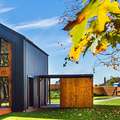






















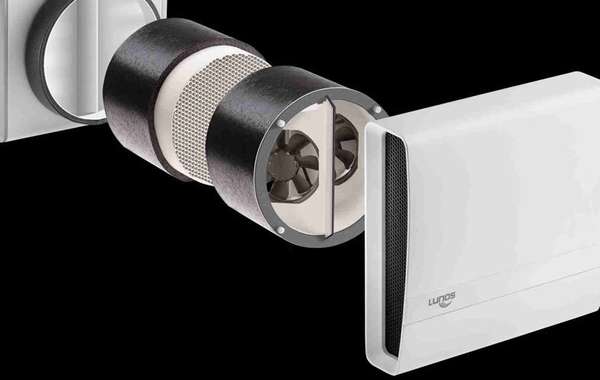
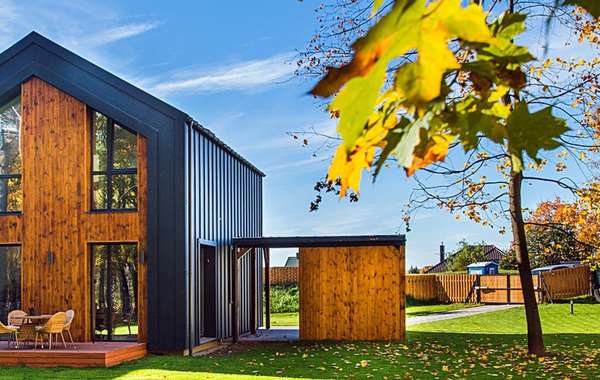
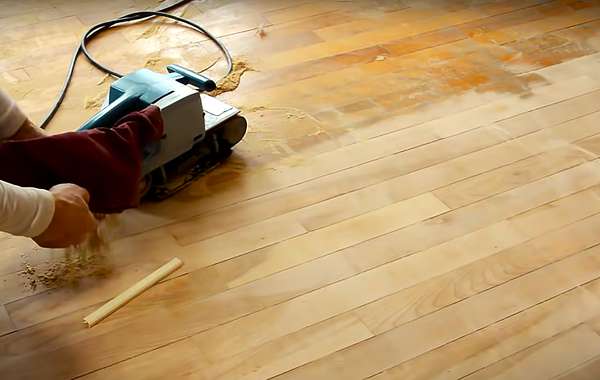

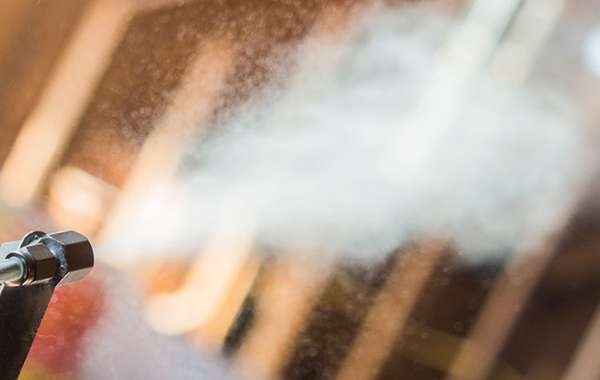
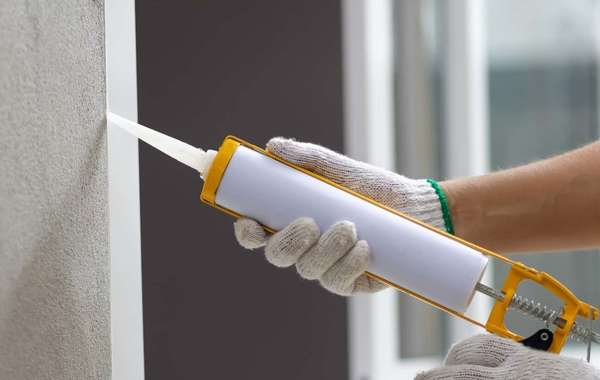
Clean air is such an important subject both in and out of the home, few people realize just how important until it affects their health. Organisations like The Clean Air Alliance of Canada are instrumental in keeping an eye on air quality in Canada.